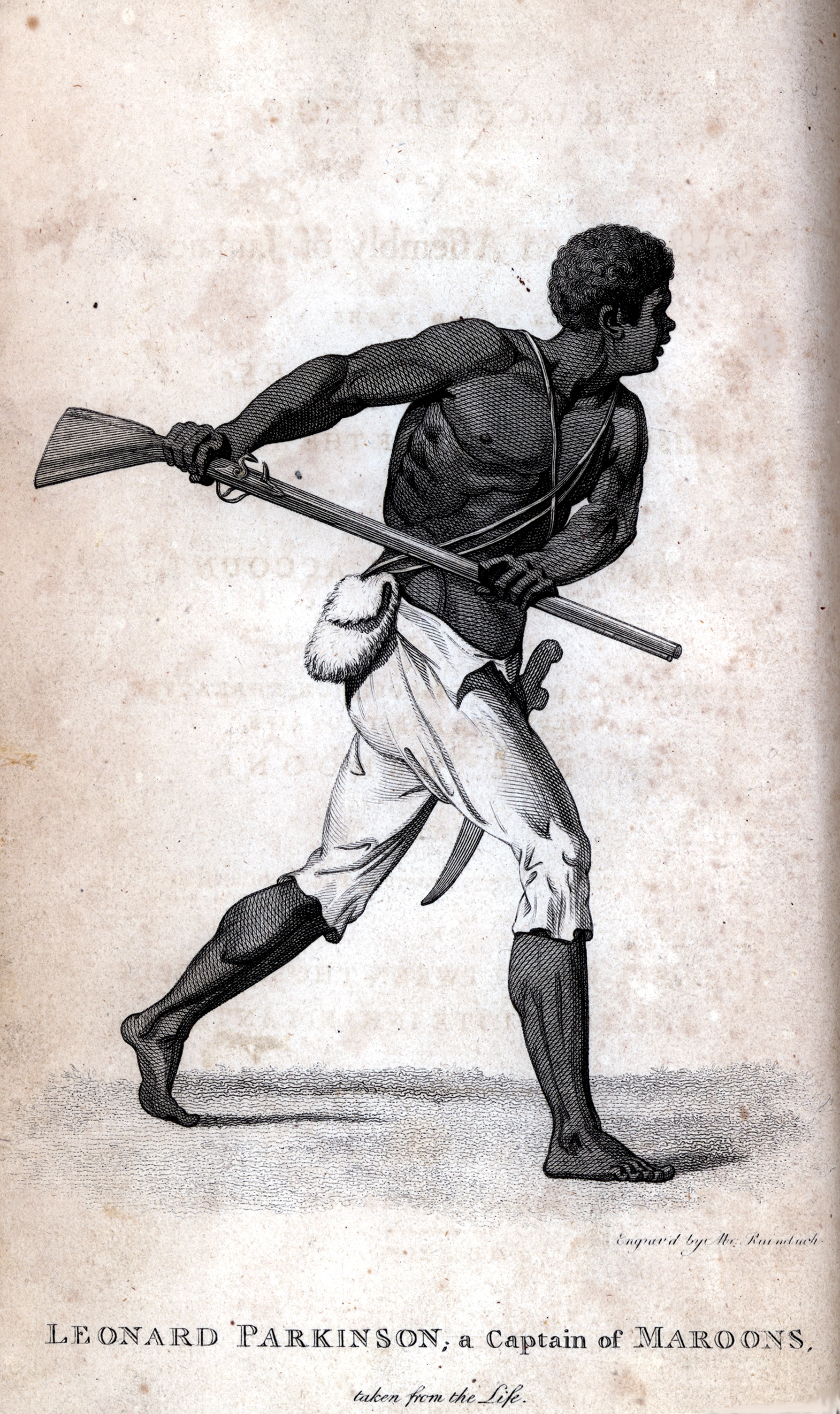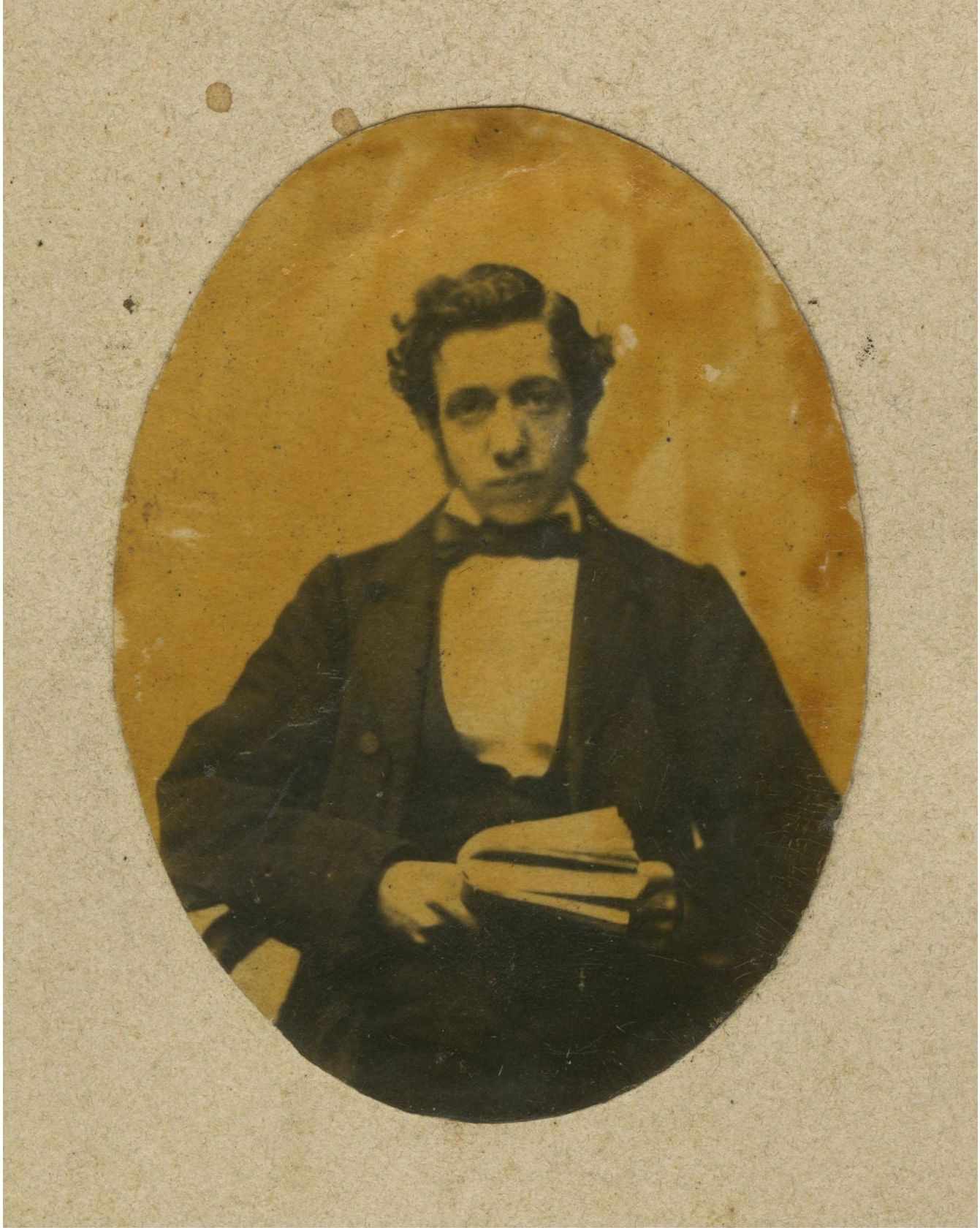Resistance against slavery
The first pop-up exhibition of the National Slavery Museum
On view through 11 August 2024

The National Slavery Museum in development, in collaboration with the Resistance Museum Amsterdam, presents an exhibition on resistance against trans-Atlantic slavery. The exhibition Resistance against slavery is the first pop-up exhibition of the Slavery Museum and addresses both the resistance of enslaved individuals themselves and the anti-slavery movement in the Netherlands.
Dutch anti-slavery activists, also known as abolitionists, were often young people and women. "Resistance against injustice is timeless and universal. That is what connects us. That's why the Resistance Museum Amsterdam fits so well with this first exhibition leading up to the establishment of the National Slavery Museum," said Peggy Brandon, project leader of the National Slavery Museum.
The exhibition Resistance against slavery is on display until August 11th.

There has always been resistance against slavery. Enslaved people fled and regularly rebelled. In the Netherlands, slavery received little attention for a long time. Slavery was mainly defended by officials and the church. However, there were also individuals and groups who morally condemned slavery. From the 19th century, the anti-slavery movement of the abolitionists grew. The exhibition shows that the rebellions and the abolitionists influenced each other. Leaders of slave uprisings, such as Tula in Curaçao, invoked the French Enlightenment ideals of freedom, equality, and fraternity. Reports on the treatment of enslaved people increasingly reached Dutch society and aroused indignation. 17-year-old Frits Moquette, after reading the book Uncle Tom's Cabin and his father's letters in Suriname, founded the Youth Society for the Abolition of Slavery. Anna Bergendahl, with a ladies' committee, sold handicrafts to buy freedom for enslaved people. News about the often brutally suppressed slave uprisings and the actions of the abolitionists exposed the deeply rooted injustice of slavery and contributed to its abolition.

Until the realization of the National Slavery Museum, various preliminary programs are being organized in different locations. These include the Zeeuws Archief, Allard Pierson Museum, the National Archives in The Hague, and now the first pop-up exhibition at the Resistance Museum Amsterdam.